 COVID-19 has endangered the lives of millions of people around the world. Worse, the disease incites greater implications beyond itself. Its impact is threatening to turn back the World Poverty Clock for the first time this century. This would backtrack on the progress made in the past 20 years toward eliminating global poverty. However, artificial intelligence (AI) fights against COVID-19 in two very important ways.
COVID-19 has endangered the lives of millions of people around the world. Worse, the disease incites greater implications beyond itself. Its impact is threatening to turn back the World Poverty Clock for the first time this century. This would backtrack on the progress made in the past 20 years toward eliminating global poverty. However, artificial intelligence (AI) fights against COVID-19 in two very important ways.
A Basic Overview of AI
Originating in the 1950s, the field of artificial intelligence has become ubiquitous in our everyday lives: from determining our shopping habits to facial recognition to helping doctors diagnose patients before symptoms manifest. The computer performing tasks that we thought needed human intelligence is a very broad understanding of AI. Using a combination of programming, training and data, researchers who work with AI teach computers how to solve complex problems more quickly and efficiently than humans. In a similar process, AI fights against COVID-19.
The World Poverty Clock
The World Poverty Clock is a real-time estimate of the number of people living in poverty across the globe. Its interactive website provides a variety of statistics and demographics about those who are living in extreme poverty, including geographic locations and age ranges. Calculations are made using publicly available data to estimate the number of people living in extreme poverty and the rate at which that number is changing.
According to the World Bank, in a worst-case scenario, COVID-19 could push 100 million people into poverty. However, scientists are working hard to contain and eliminate the virus, AI being one of their strategies. AI fights against COVID-19 by predicting, detecting and eliminating the coronavirus in many parts of the world. In turn, protection from COVID-19 impacts lessens global poverty.
How AI Fights Against COVID-19
AI fights against COVID-19 in a two-pronged approach. It focuses on both detection of the virus and the development of vaccine options.
In late December 2019, the program BlueDot detected a cluster of pneumonia-like illnesses in Wuhan, China. This was the beginning of the COVID-19 outbreak. The program detected the virus nine days before the World Health Organization announced the emergence of a novel coronavirus. BlueDot software has the ability to sift through massive amounts of data to find patterns in the location and movement of a virus. Further developments in virus detection have been made by Alibaba Cloud with the creation of analytical software for computerized tomography (CT) scans. The software can detect coronavirus pneumonia in seconds with approximately 96% accuracy.
AI systems, like Google’s AlphaFold, are aiding researchers by creating predictive models of the protein structure of coronavirus. Models like these can then be used by researchers to design novel vaccine prospects. Overall, these systems enable scientists to reduce the time needed to begin clinical trials and find viable vaccines.
Under human oversight, AI systems can potentially control the spread of the coronavirus. The longer it takes to control and eradicate coronavirus the greater the number of people pushed into poverty. The use of swift and efficient AI applications could not only help curb the spread of COVID-19 but, in turn, fight global poverty as well.
– Hannah Daniel
Photo: Flickr
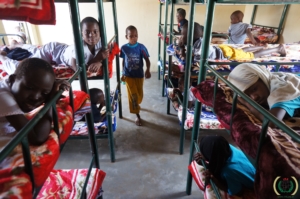 In the midst of COVID-19 sweeping through Uganda, six children at Open Heart Orphanage have died. However, it was not the virus that claimed their lives. The tragic deaths were a result of hunger and fever, collateral effects of the pandemic.
In the midst of COVID-19 sweeping through Uganda, six children at Open Heart Orphanage have died. However, it was not the virus that claimed their lives. The tragic deaths were a result of hunger and fever, collateral effects of the pandemic.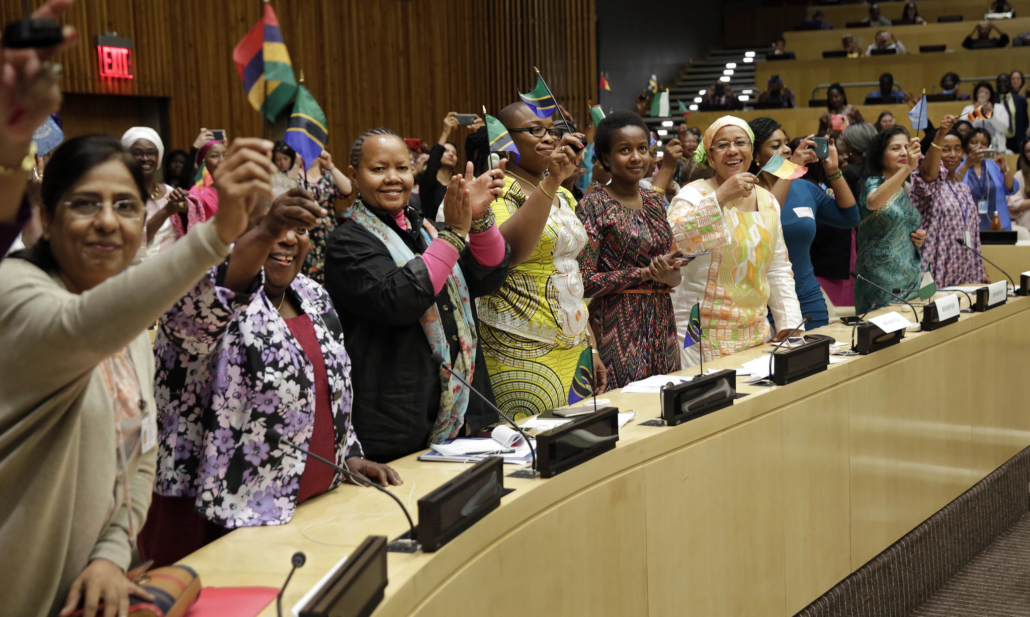 Ellen Johnson-Sirleaf, Liberia’s Former President and Nobel Peace Prize Winner, made history in 2006 as the first female head of state in Africa and the first black woman head of state. Since then, the world has witnessed a tremendous increase in female political leadership in Africa. This article examines the extraordinary progress in expanding women’s leadership in Africa, the importance of such leadership and the challenges that remain before full equality can be achieved.
Ellen Johnson-Sirleaf, Liberia’s Former President and Nobel Peace Prize Winner, made history in 2006 as the first female head of state in Africa and the first black woman head of state. Since then, the world has witnessed a tremendous increase in female political leadership in Africa. This article examines the extraordinary progress in expanding women’s leadership in Africa, the importance of such leadership and the challenges that remain before full equality can be achieved. 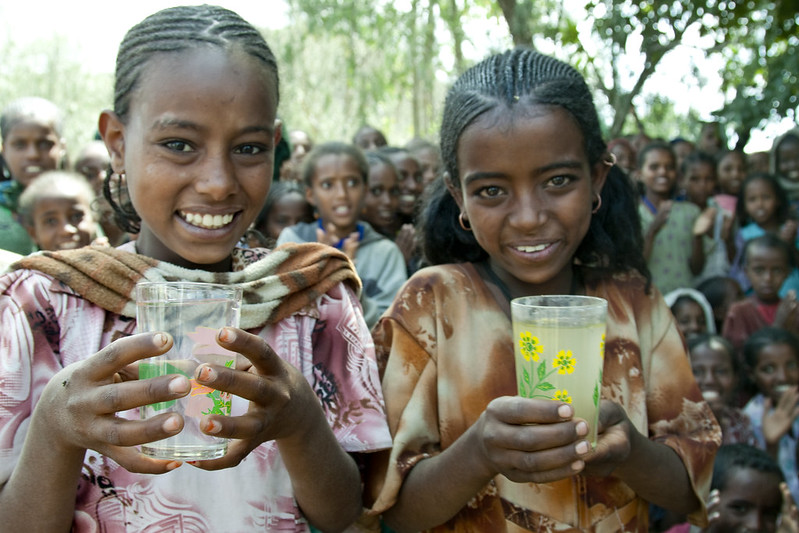 As the holiday season approaches, there are many questions on how this holiday will look socially and economically amid the COVID-19 pandemic. Since March, the global Gross Domestic Product (GDP) has shown a significant loss following a few months of growth prior to the pandemic. Due to high levels of unemployment and potential health risks of indoor shopping and gatherings, it can be anticipated that we will not see
As the holiday season approaches, there are many questions on how this holiday will look socially and economically amid the COVID-19 pandemic. Since March, the global Gross Domestic Product (GDP) has shown a significant loss following a few months of growth prior to the pandemic. Due to high levels of unemployment and potential health risks of indoor shopping and gatherings, it can be anticipated that we will not see  The Czech Republic is a Parliamentary Republic bordering Germany, Poland, Austria and Slovakia. The country was founded on January 1, 1993, following a political revolution, and peacefully splitting from the former
The Czech Republic is a Parliamentary Republic bordering Germany, Poland, Austria and Slovakia. The country was founded on January 1, 1993, following a political revolution, and peacefully splitting from the former 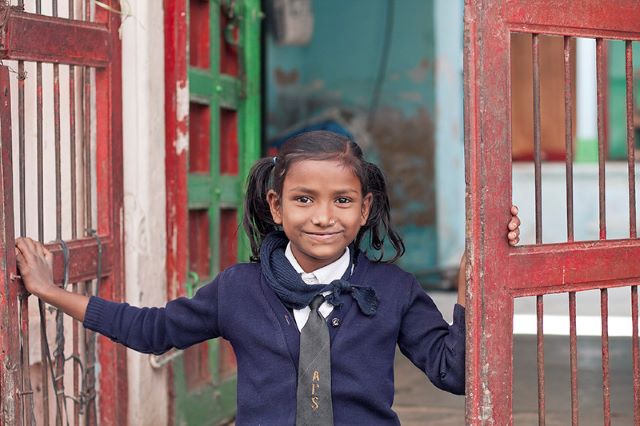 Over 100,000 schools and just as many teachers deliver education in even the most traditionally unreachable, rural parts of India because of one foundation.
Over 100,000 schools and just as many teachers deliver education in even the most traditionally unreachable, rural parts of India because of one foundation. 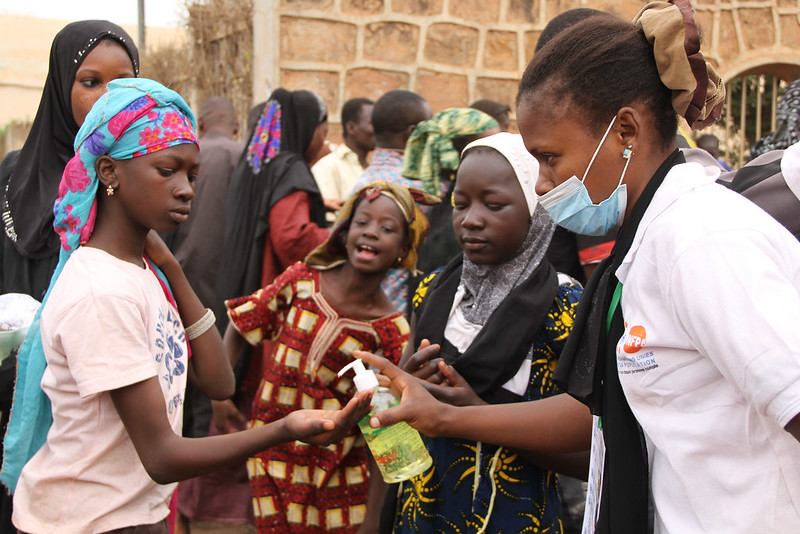 The COVID-19 pandemic is affecting countries worldwide, but it has created an additional burden for impoverished nations. The novel coronavirus is creating new concerns for vulnerable communities and is making current issues much worse. Here are 10 facts about COVID-19 in impoverished nations.
The COVID-19 pandemic is affecting countries worldwide, but it has created an additional burden for impoverished nations. The novel coronavirus is creating new concerns for vulnerable communities and is making current issues much worse. Here are 10 facts about COVID-19 in impoverished nations.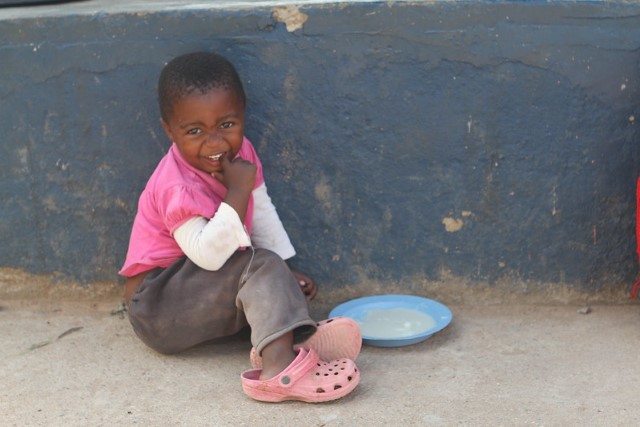 In 2017, it was recorded that
In 2017, it was recorded that 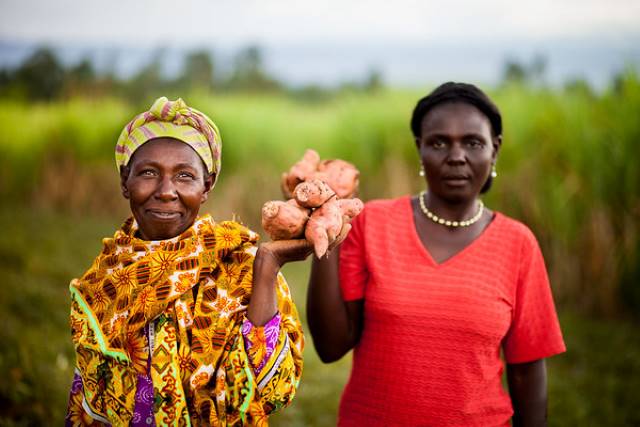 In March 2020, GiveDirectly launched The Kenya Emergency Cash Fund to protect vulnerable Kenyan communities by sending recipients cash through mobile wallets.
In March 2020, GiveDirectly launched The Kenya Emergency Cash Fund to protect vulnerable Kenyan communities by sending recipients cash through mobile wallets.  The period of 2018 to 2020 brought with it a series of difficulties for the people of Afghanistan, including droughts, floods and pandemics. A severe drought in 2018 impacted 95% of the country’s farmland and dried up crucial water sources. More than
The period of 2018 to 2020 brought with it a series of difficulties for the people of Afghanistan, including droughts, floods and pandemics. A severe drought in 2018 impacted 95% of the country’s farmland and dried up crucial water sources. More than 